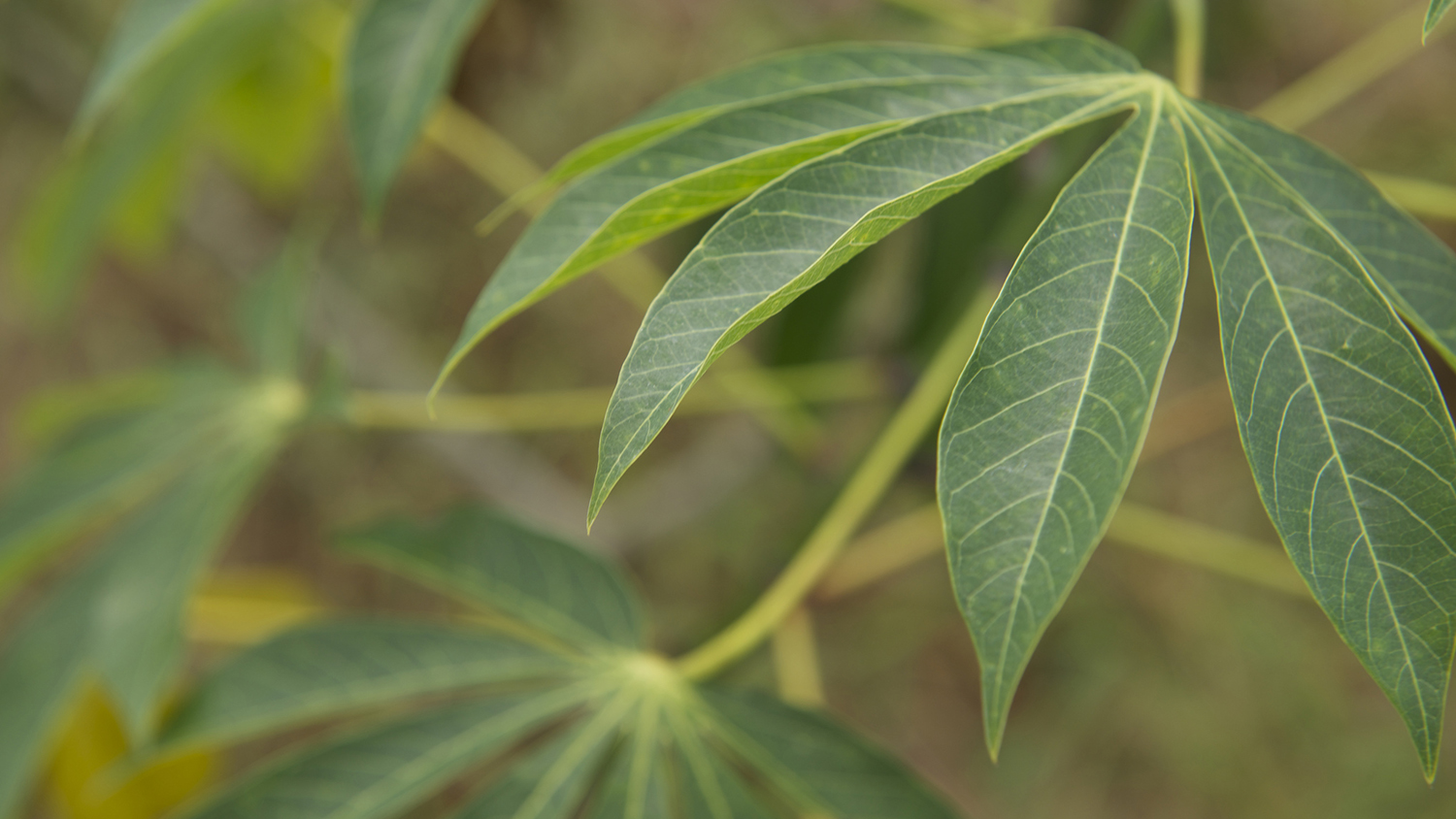Notes From Tanzania: A Farmer’s Story from the Field

Editor’s Note: This is a guest post by Catherine Doyle, a graduate student in NC State’s Department of Plant and Microbial Biology. Doyle is spending several weeks in Tanzania, doing field work related to a research effort aimed at tackling a disease that threatens the livelihood of people throughout sub-Saharan Africa. You can read other posts related to her work in Africa here.
At each farm we use a questionnaire to interview farmers about their knowledge of Cassava Mosaic Disease (CMD) and Cassava Brown Streak Disease (CBSD). After listening to the interviews in Swahili and hearing the translations, I wanted to share with you a snapshot of an interview. The aim of these interviews is to hear each farmer’s story and gain a better understanding of how we might enhance cassava improvement approaches. Below is an interview of a local farmer conducted by Beni Kalage from the Mikocheni Agriculture Research Institute.
Name: Modesta Mkinga
City: Xigehe
Country: Tanzania
Describe the land usage in the areas surrounding your cassava crop: Farmland.
List crop varieties grown:
- Cassava
- Maize
- Potatoes
What is the soil type of the crops area: Fine (clay, sandy clay, silt clay).
Characterize soil quality: Average.
List common disease effecting your crop: I don’t know of any diseases.
Characterize presence of pest (insects, mites, whitefly): Low.
What do you do use for disease control of your cassava crop? No control.
Do you know about improved cassava varieties? I do not.
Do you have a method used to control pests on cassava? I don’t know any methods.
What is your main source of cassava planting material? From other farmers and from my previous crop.
Following these interviews we explain about CMD and how to select clean cassava material. The common response after we show this to farmers is: how can you help us? You might have the same question, or wonder how we use the questionnaire.
Here are a few of the ways scientists at MARI and NC State are helping:
- We use the survey to make maps of disease severity, so the local government can deploy help in hot spot areas.
- Researchers test the resistance of cassava varieties to find improved varieties. We then produce enhanced varieties to give to farmers.
- Researchers produce demo plots where we teach farmers about how to select clean material and properly space cassava when planting.
- At NC State we take the collected plant samples and perform various analyses on the DNA and RNA to understand the mechanism of CMD, how CMD changes over time, and how the CMD evolves to break resistance.
In short, these surveys give us essential information that the research community can use to improve cassava crops and help us in the battle against CMD and CBSD.
- Categories:


